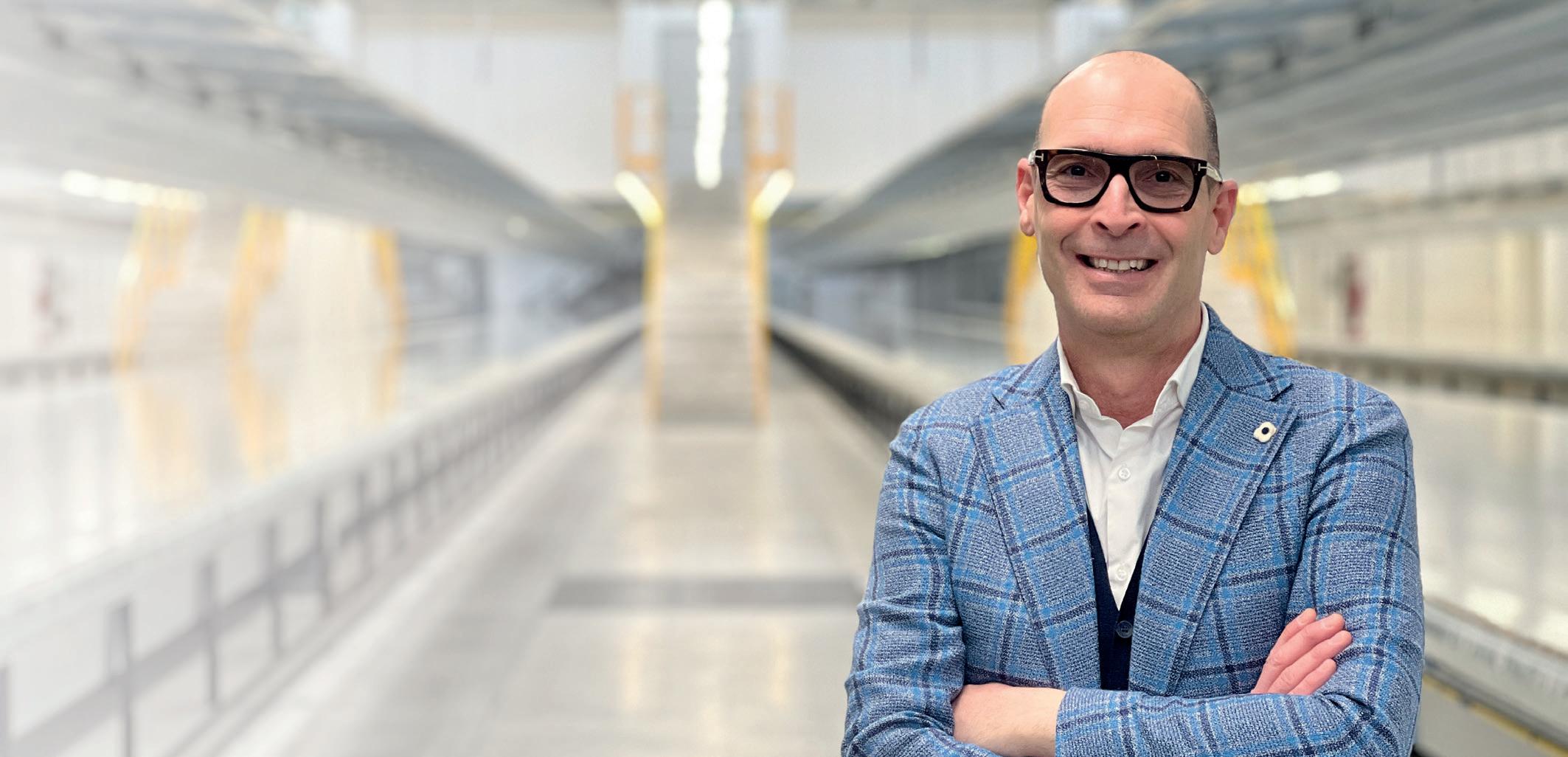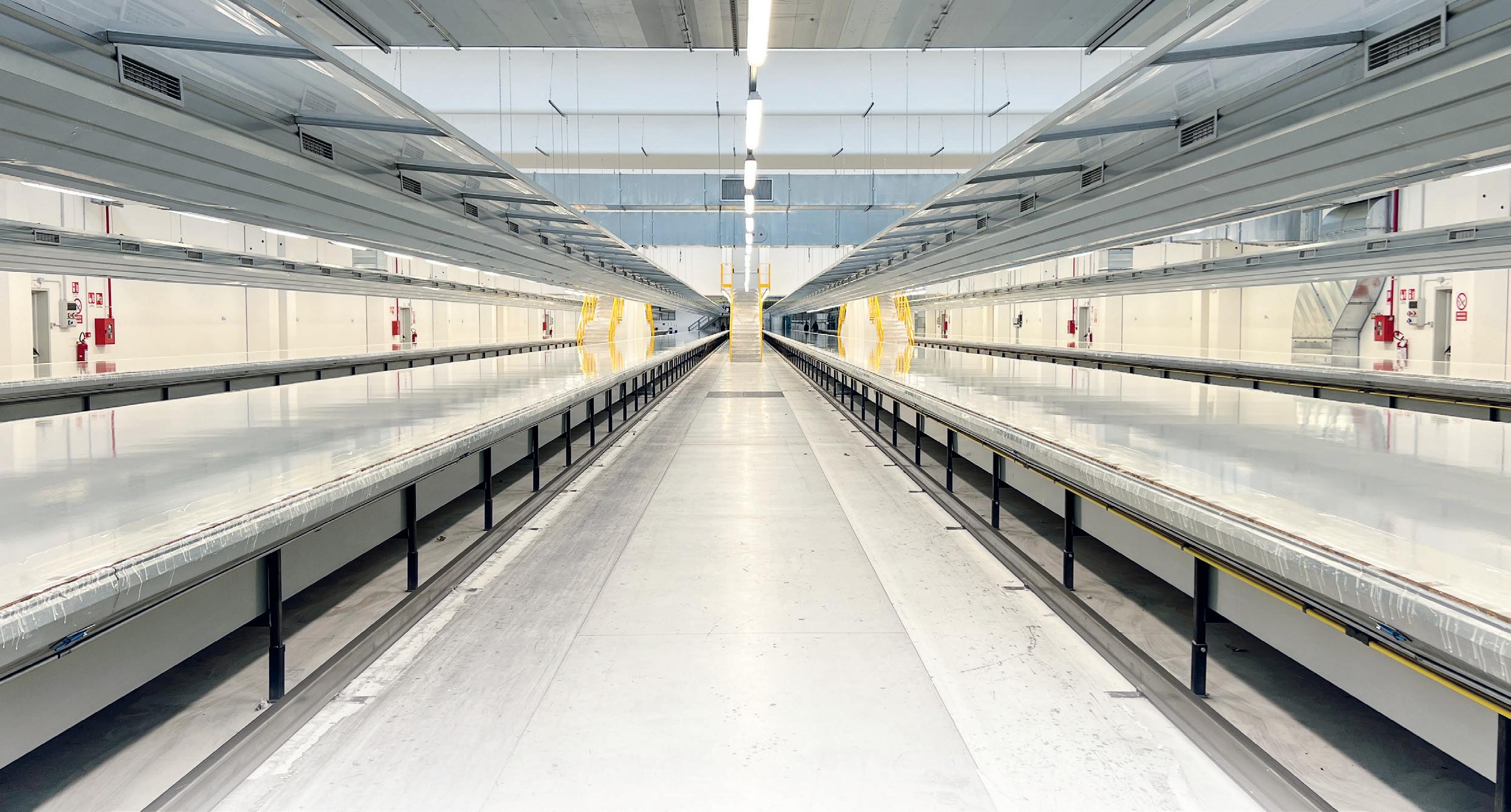
4 minute read
Fiberglass... beyond fiberglass
Fabrizio Baglioni, Commercial Director at Vetroresina Spa, talks about the company’s innovative products, designed to replace traditional materials in the RV industry
Words Giorgio Carpi
Vetroresina Spa reaffirms its leadership in the production of fibreglass laminates by taking advantage of the investments made in recent years, which in 2019 saw the opening of a new department with automated lines. Thanks to this expansion and the use of new technologies, the company’s production capacity is now 6 million square metres per year, with considerable advantages also in terms of quality. But also of particular interest is the proposal of innovative products as alternatives to traditional materials used in the RV industry. We discussed this with Fabrizio Baglioni, who holds the position of Sales Director focusing mainly on Europe, as well as the Far East and Middle East.
Aboutcamp BtoB: Which Vetroresina Spa products are currently best suited to the RV sector?
Fabrizio Baglioni : For quite a while now, we’ve been producing various types of polyester resin laminates for exterior applications, for cladding sides, roofs and the underside of floor panels. We have conventional, glossy or matt laminates, but there are also some innovative products. One example is the recently introduced J451 laminate: it’s super flexible, designed for roofs, has limited thickness, is extremely light and can be easily bent. But we’re also focusing on vehicle interiors: we’ve launched Vetroskin Delta, which can be used for both ceilings and interior walls, and we also have Vetrostyle in our catalogue, which is a PVC laminate used for floors or load compartments. For exteriors, we’ve invested heavily in the new Vetroprint, which is a laser-printed laminate.
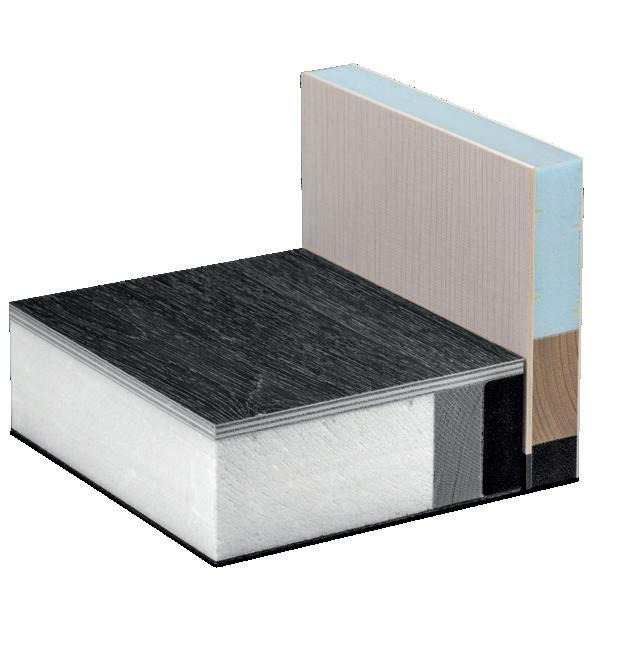
Aboutcamp BtoB: Is Vetroskin Delta an evolution of Vetroskin, which you already had in your catalogue?
Fabrizio Baglioni : That’s right, we already had the version with a smooth finish in production, whereas Vetroskin Delta has an innovative textured effect. It is a laminate with an embossed effect and we can make it in all the colours within our Vetroskin range. The customer can choose from a range of colours in the catalogue, but the normal procedure is to look at the sample that the customer wants or already uses, produce our colour in-house and then submit the new sample. Vetroskin Delta can be used for interior roof cladding, but also for kitchen, bathroom and shower walls, where it’s important to give a particular character to a rather large vertical surface. It is supplied in 60-metre rolls and also in sheets on request. Vetroskin Delta is flexible; we can create curves up to a radius of 55-60 mm. We’ll be seeing some interesting applications in the 2024 ranges of leading European brands.
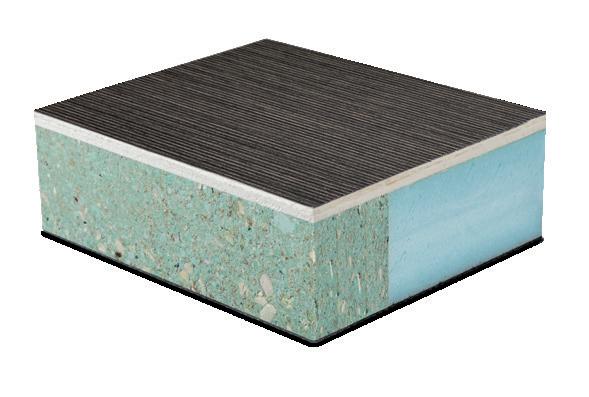
Aboutcamp BtoB: What are the advantages over traditional plywood?
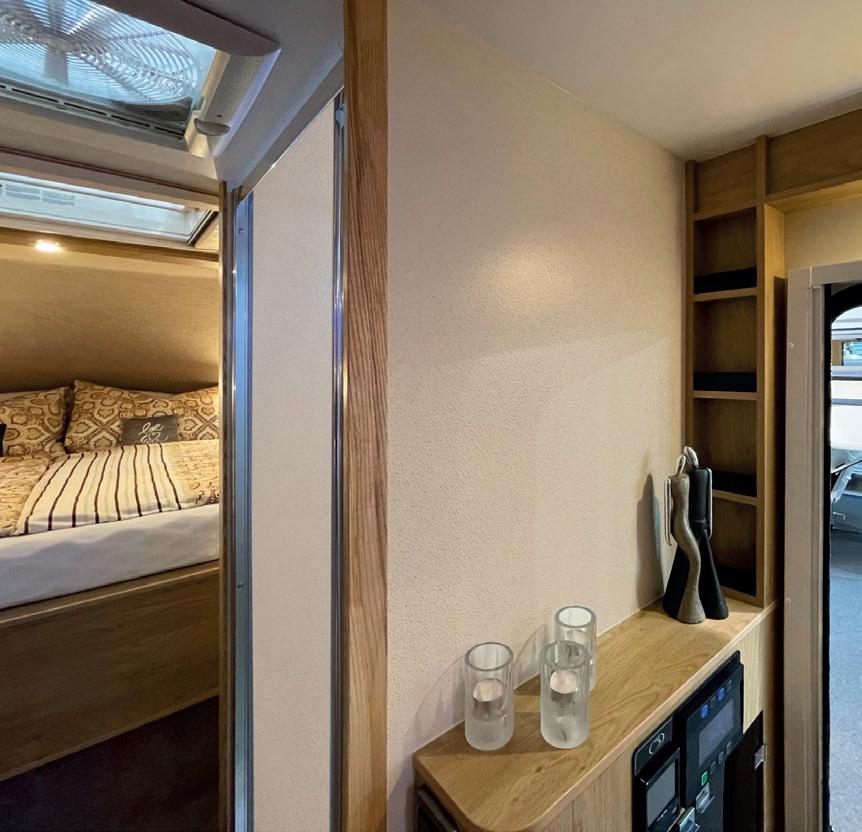
Fabrizio Baglioni : With Vetroskin Delta we can eliminate unsightly joints, which are present with traditional wood systems, and are restricted by the size of the decorative papers. Joints on walls often tend to wear, whereas by using a single piece as we do we not only have great strength, but also a reduction in installation time. We can achieve an aesthetically pleasing effect and maintenance is facilitated because the material can be washed without any problems. Furthermore, Vetroskin Delta doesn’t absorb odours and won’t absorb moisture. Importantly, this embossing effect masks any defects, such as internal wall reinforcements, to a great extent. Compared to plywood cladding we have reduced thicknesses, thus saving space. Another feature is its toughness: this product is scratch and impact resistant. We also have a self-extinguish version, made with the addition of alumina. We then have to consider the fact that our product is easily recyclable, without having to disassemble materials.
Aboutcamp BtoB: What other products are suitable for indoor use?
Fabrizio Baglioni : Our Vetrostyle laminates can be successfully used in the construction of sandwich panels for flooring. You replace the normal
Left page, bottom:
About Fabrizio Baglioni
wooden substrate with a fibre-reinforced polyester laminate, which already has an integrated PVC finish. By doing so, one step is skipped, that is the step of gluing the PVC onto the wood, a step that has risks because the glue doesn’t always adhere well. We supply a monolithic laminate, the fibreglass is built on top of the PVC: it is a stable, durable product that saves the customer time, so there is a reduction in labour costs. Vetrostyle doesn’t have a gelcoat finish surface, but a finish in effects chosen by the customer, like imitation wood. Floors made with Vetrostyle have no joints, there is a single highstrength laminate that is mechanically resistant, impervious to moisture and easily washable. Vetrostyle is produced in several versions, which differ in the aesthetics of the surface layer, including a 3D effect, but the differences also relate to thickness, mechanical properties and the type of glass fibre used.
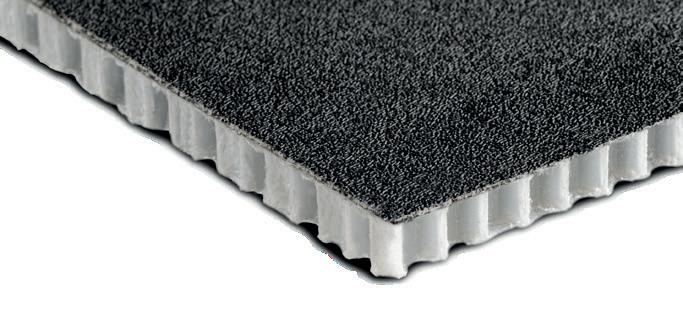

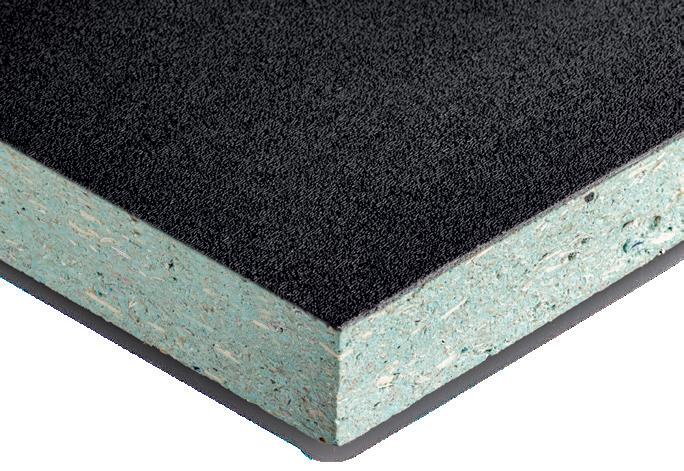
Aboutcamp BtoB: The other innovative product is Vetroprint: is it intended to be used on vehicle exteriors?
Fabrizio Baglioni : Vetroprint represents a major challenge, we’ve invested a lot of resources. The need came from the United States: there was a desire to obtain a branded façade without using classic adhesive graphics. We therefore printed the fibreglass with a laser jet system. Now we’re going further, because we can also print a complex design and even achieve a textured effect. In or der to achieve Vetroprint, we use a special laser-printed layer that we have developed ourselves. The 3D finish is customisable, for instance we can achieve a very realistic wood effect. It’s also possible to create a two-colour side panel. Vetroprint is produced both in rolls and sheets.
Engineer Fabrizio Baglioni joined the company two years ago and holds the position of Sales Director at Vetroresina Spa. In the past, he had significant experience in a multinational company in the steel sector including Tyssenkrupp, moving on to the plastics industry and working in various companies involved in the production of pipes, fittings and valves. He also held professional positions in the multinational Uponor, which was the first company to develop plastic pipes for radiant underfloor heating.
